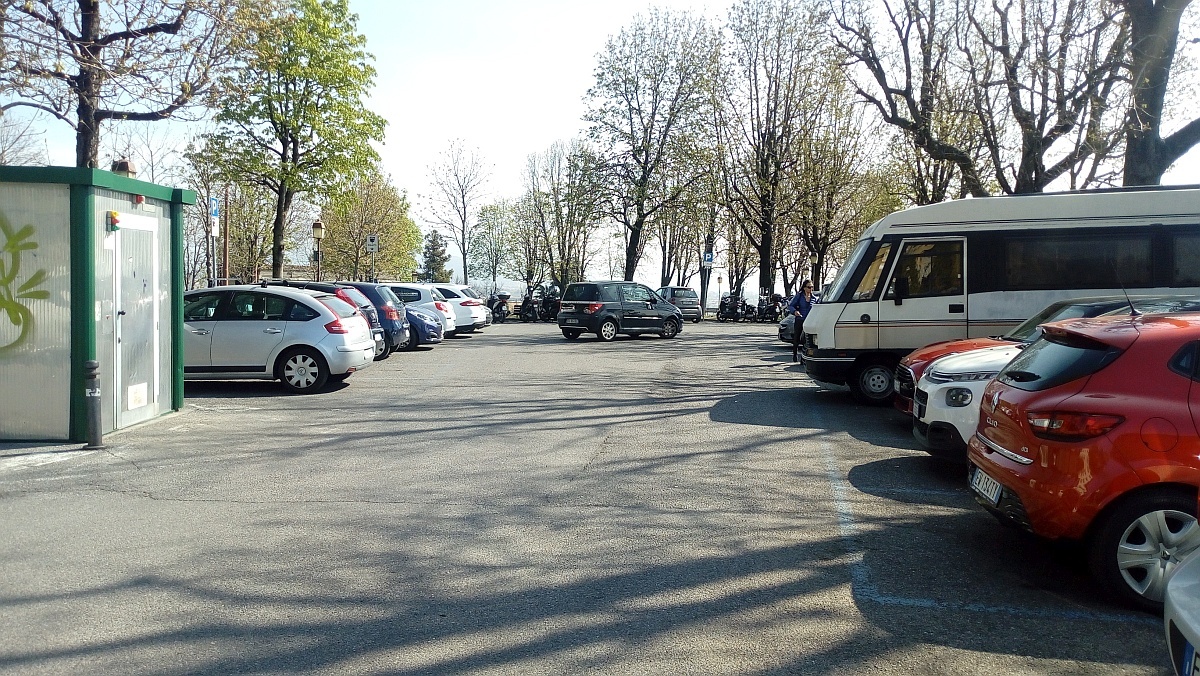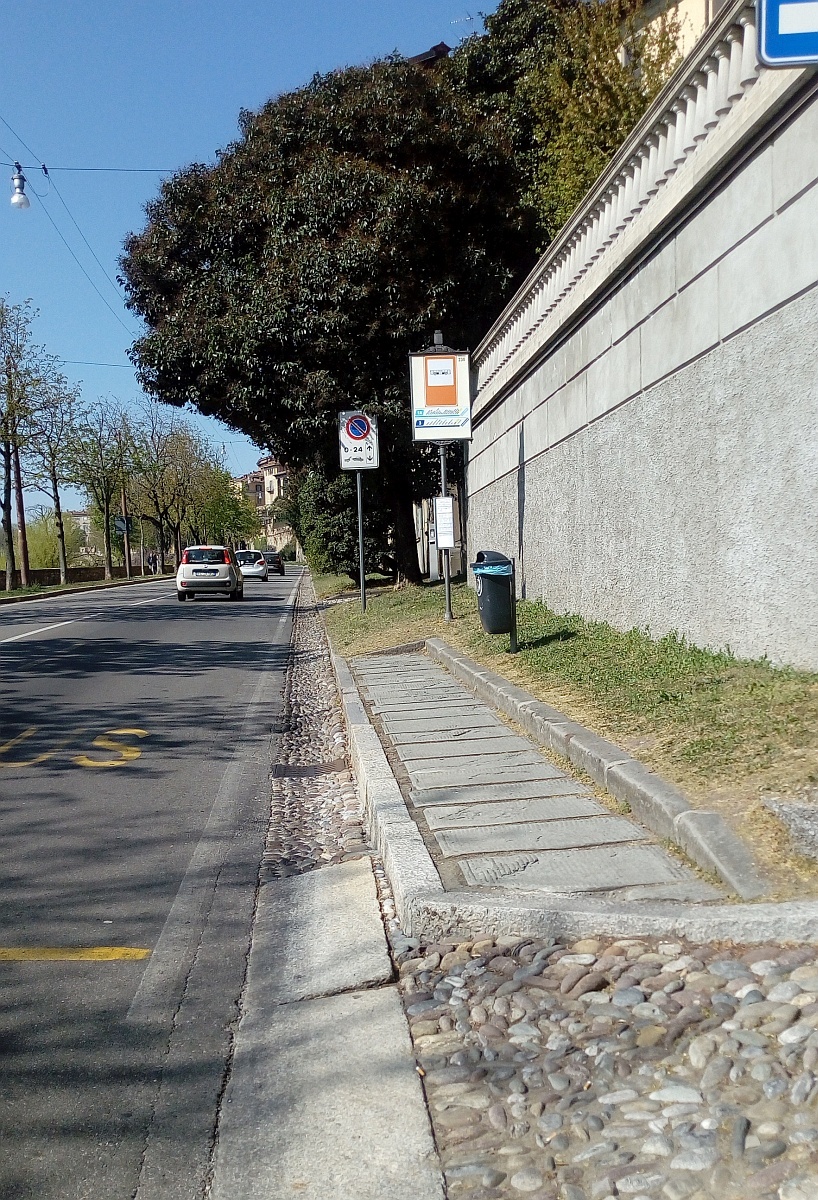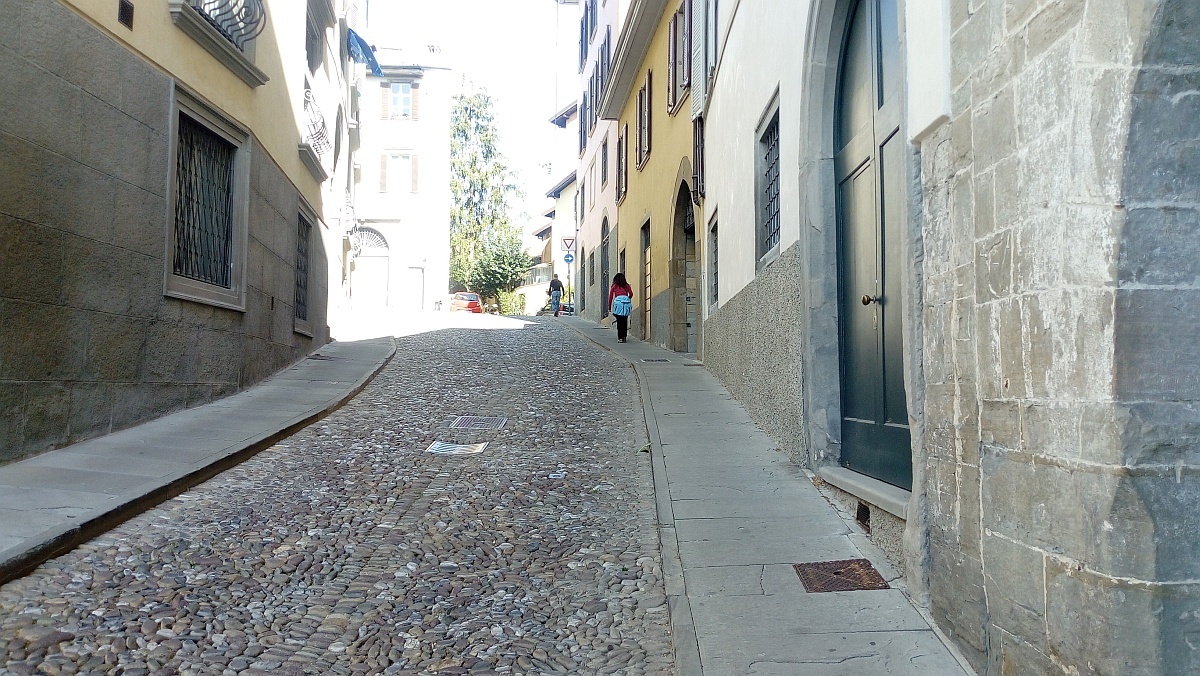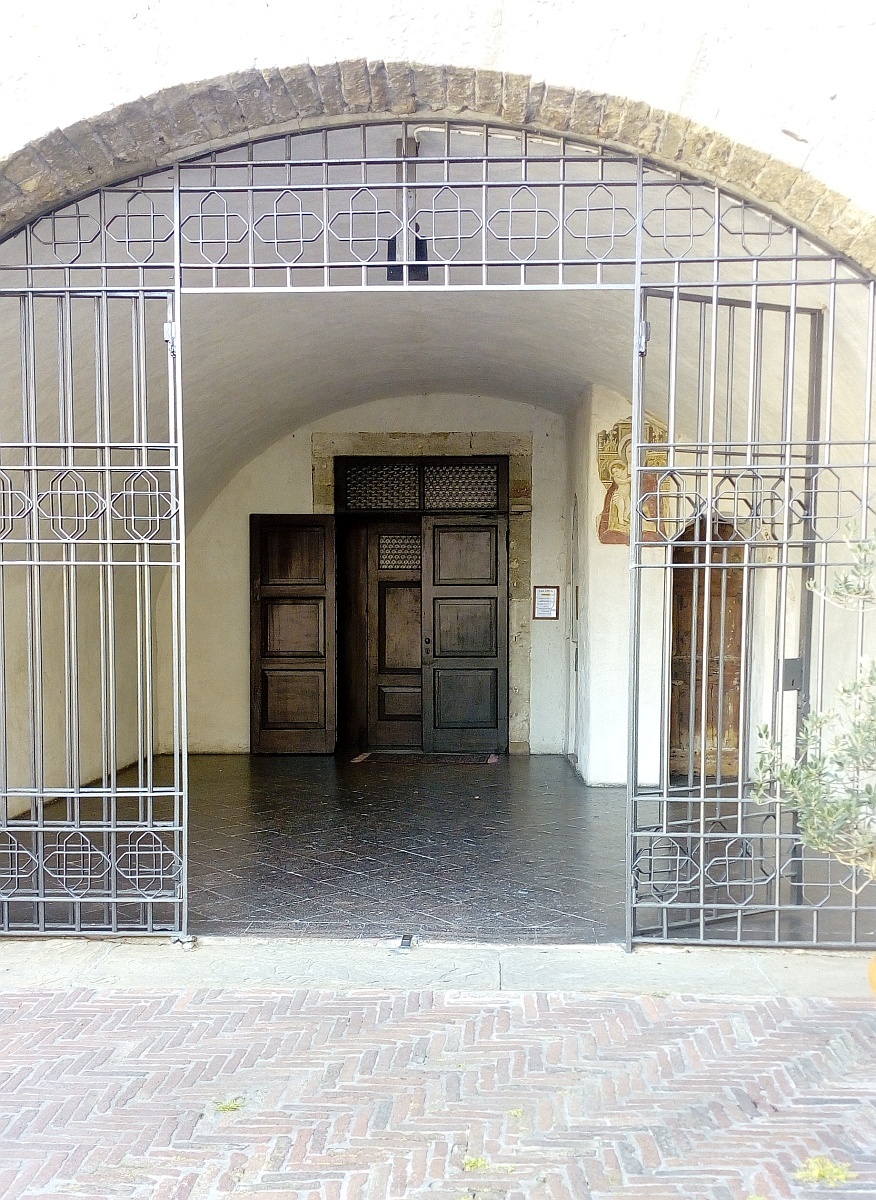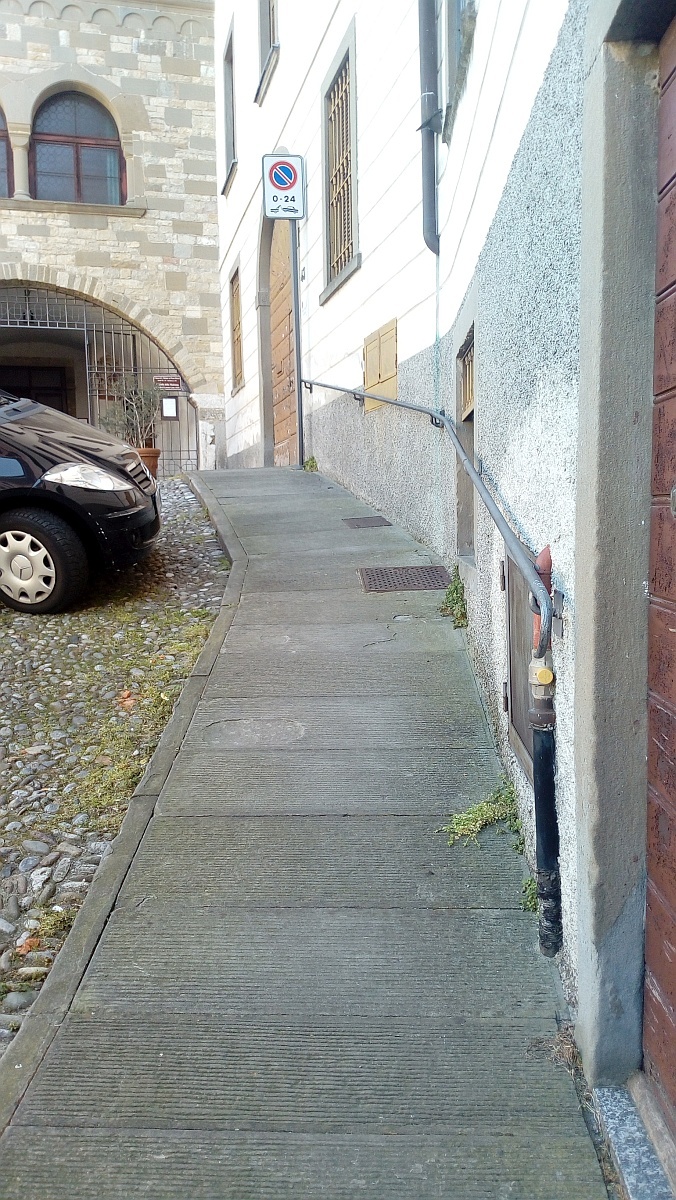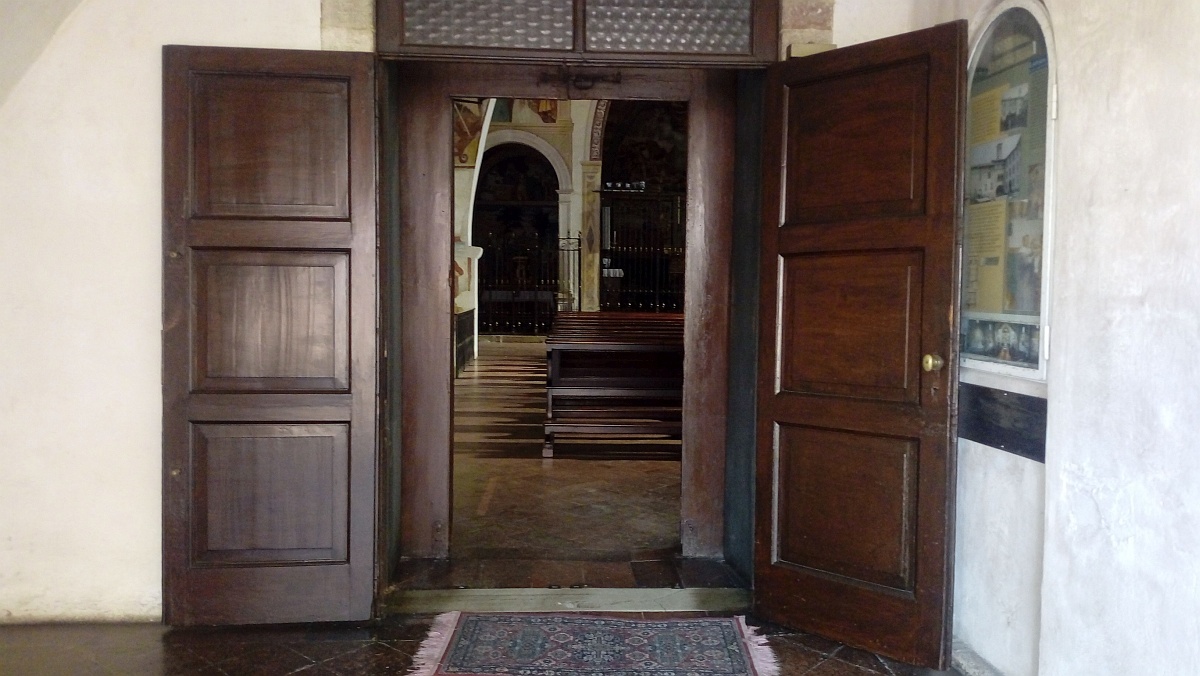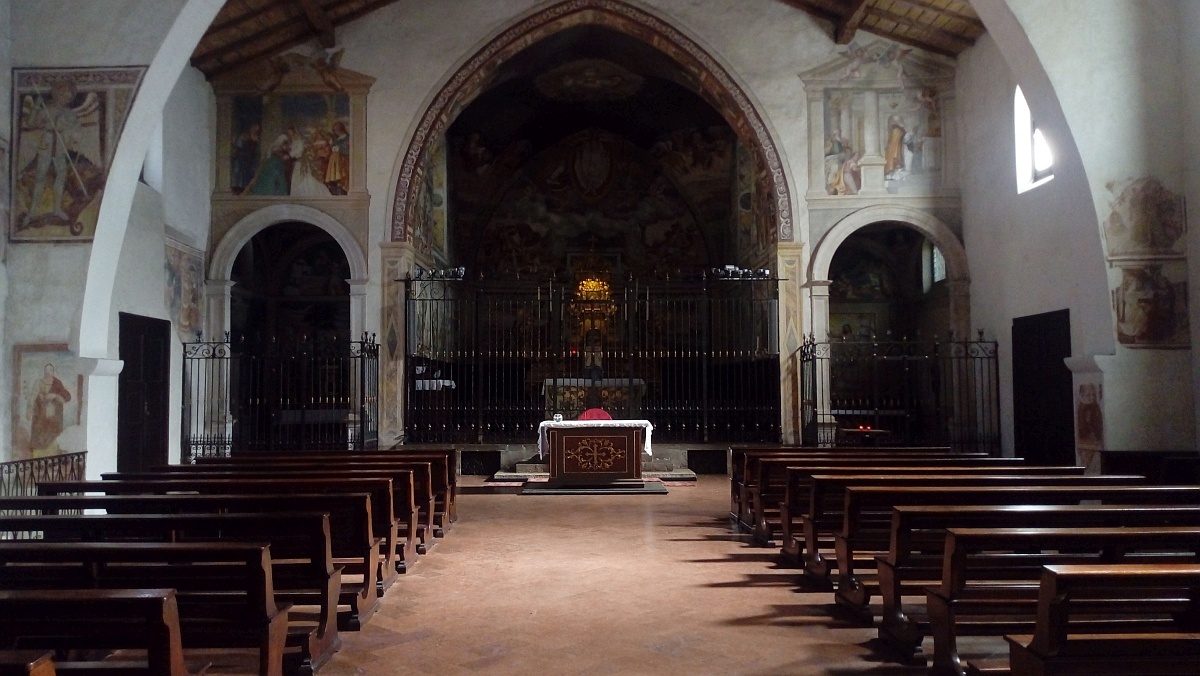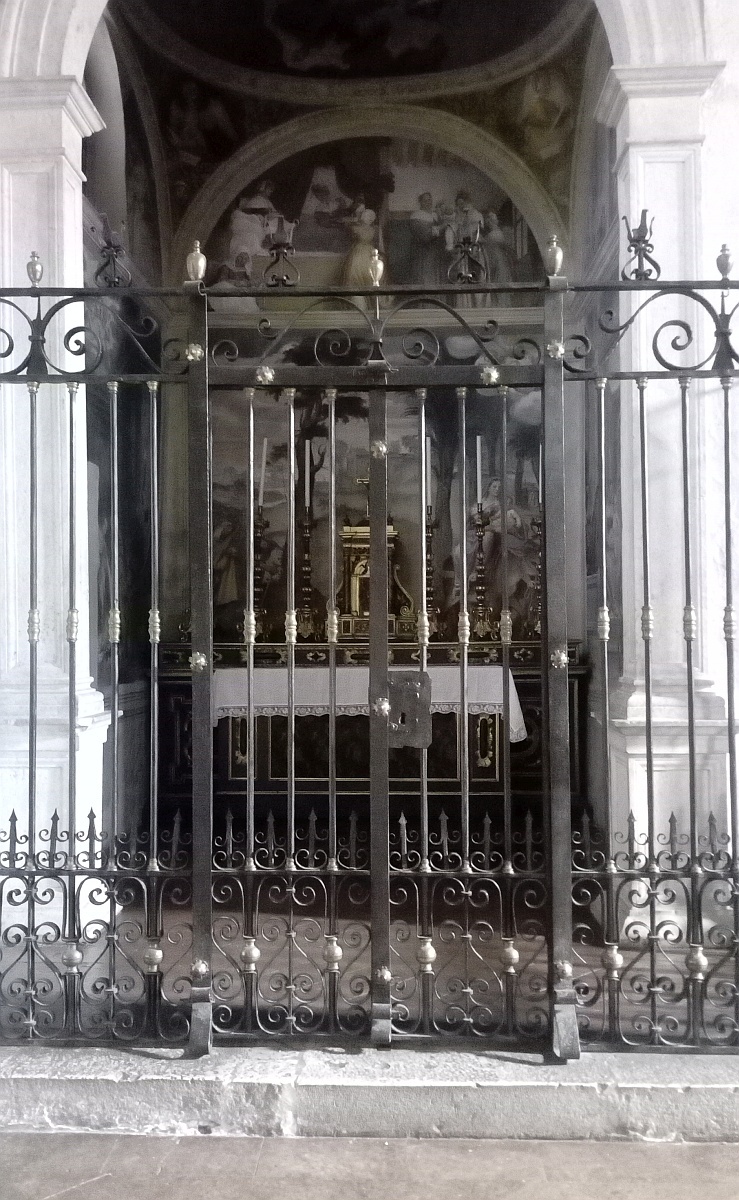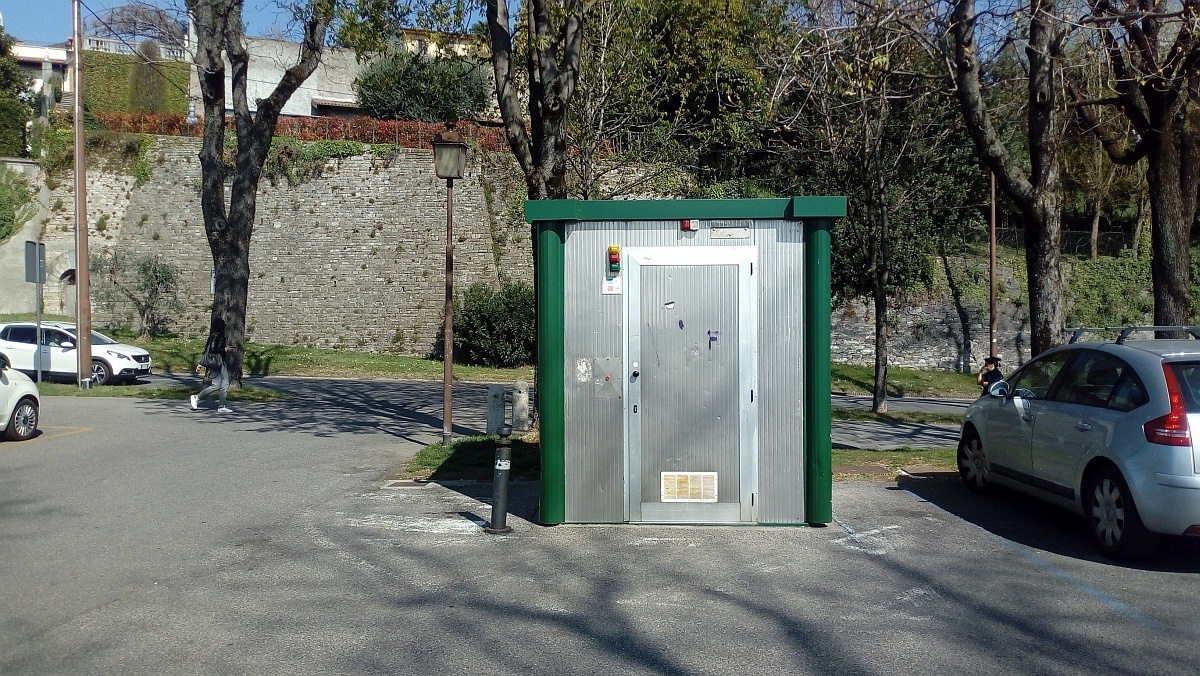Did you know that the celebrated 16th-century artist Lorenzo Lotto lived in the “House of the Vicar” located next to this church? The house is now partly incorporated into the nearby boarding house of the Ursuline nuns; also because of this proximity, the Venetian master produced stupendous works in San Michele al Pozzo Bianco, including the fresco cycle with Scenes from the Life of Mary, painted in 1525 in the left side chapel.
This church is a real treasure if you love art: it contains some of the oldest frescoes in the Bergamo province and is an exceptional lesson in the history of local painting, from the very early 1200s to the late 1500s.
History and Architecture: from Longobard origins to renewal
The church of San Michele al Pozzo Bianco is an artistic jewel in the heart of Bergamo, on Via Porta Dipinta, with a history rooted in Lombard times. Rebuilt in the 15th century, it houses medieval and Renaissance frescoes, including Lorenzo Lotto’s famous cycle.
The church was built in the 7th-8th centuries, but only the crypt and part of the outer walls remain of the original building. Fifteenth-century restoration gave it an irregular rectangular ground plan, while the freestone facade was added in 1915.
The circular stone placed in the churchyard today indicates the place where the mouth of theancient white-coloredwell that gives the church its name once stood.
Restorations carried out in the 1940s revealed the presence of works by various artists from the early medieval period, of absolute value, although sometimes fragmented; demonstrating the existence of an older church under the fifteenth-century framework of the present one were paintings dating from the 1200s and perhaps earlier, of a distinctly Byzantine character.
Inside you can see three chapels: the central one is accessed by three steps, and from two small windows on the side you can glimpse the interior of the crypt below, which can be reached by a staircase located in the second bay of the church, on the left.
What to see in the Church of San Michele al Pozzo Bianco?
- Lorenzo Lotto’s frescoes: in the left chapel you can admire Lotto’s Marian cycle, with scenes such as the Nativity of the Virgin and theAnnunciation.
- The medieval crypt: with remarkable 13th-century frescoes and the unique atmosphere of this underground space.
- The white well: in the churchyard you will find the circular stone reminiscent of the ancient marble well from which the church takes its name.
- Byzantine frescoes: in the atrium, you can find decorations dating back to the 13th century, which emerged during 20th-century restorations.
- The atrium with The Madonna and Child: this 15th-century fresco welcomes visitors at the entrance.





